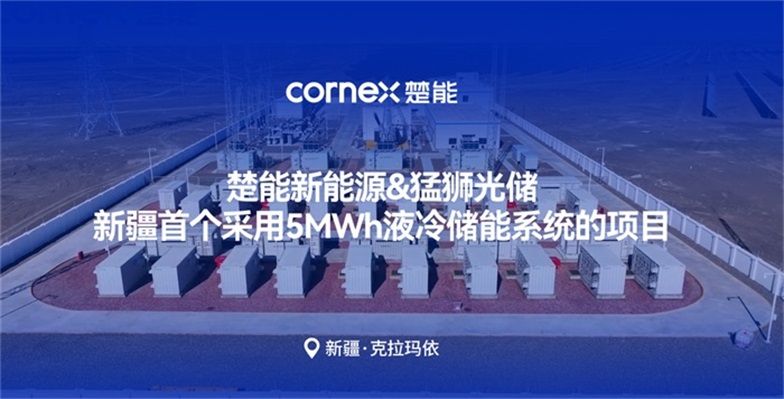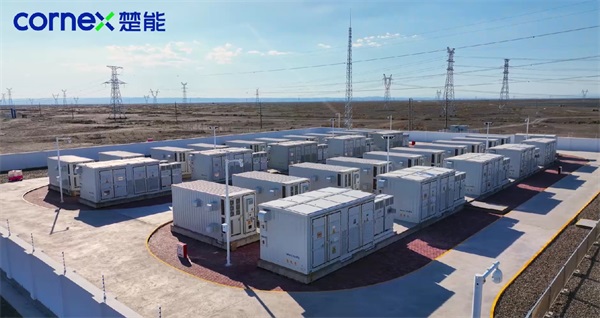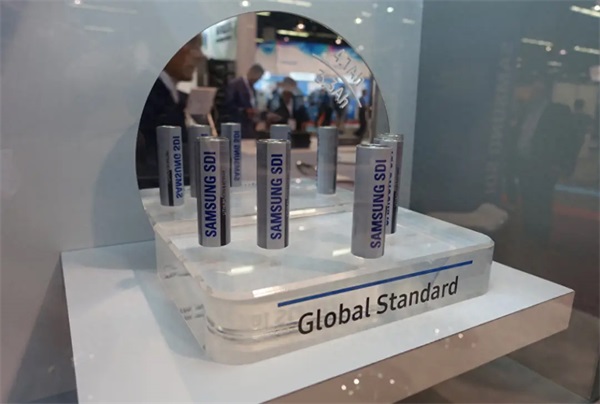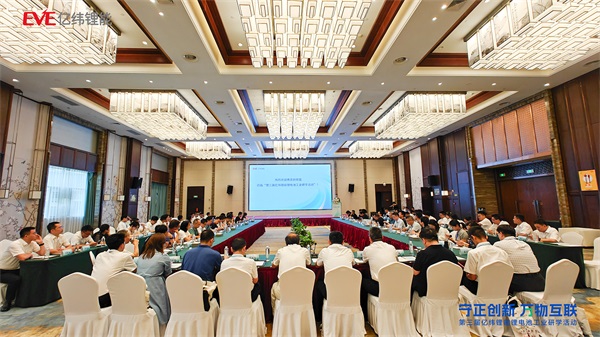In-Depth Analysis of Cornex Molybdenum Lion Energy's 5MWh Liquid-Cooled Energy Storage System

August 14, 2024 — In a significant advancement in energy storage, Cornex Molybdenum Lion Energy has successfully integrated its 5MWh liquid-cooled energy storage system into the grid, marking the debut of Xinjiang's first large-scale liquid-cooled storage system. This deployment represents a major upgrade to the region's energy infrastructure and highlights the forefront of storage technology. This blog will delve into the technical features and advantages of the Cornex Molybdenum Lion Energy system.
Technological innovation
Cornex has equipped the project with 20 self-developed 5MWh battery prefabricated containers, known as CORNEX M5, each with a size of 20 feet. Each energy storage unit integrates a battery management system, cooling system, and fire protection system. These units are designed for photovoltaic power users in the Taklamakan Desert region of Xinjiang. They can operate safely and stably across a wide temperature range of -30°C to 60°C, demonstrating strong environmental adaptability. Once completed, the project will significantly enhance renewable energy utilization, peak shaving, and valley filling, effectively improving local energy efficiency.
Cornex Molybdenum Lion Energy's 5MWh liquid-cooled energy storage system employs liquid cooling technology, which is a significant innovation compared to traditional air-cooled systems. Liquid cooling uses a liquid medium for heat transfer and dissipation, offering higher efficiency in maintaining battery module temperatures.
The advantages of this technology are evident in several key areas
1. Superior Thermal Management
The primary advantage of the liquid cooling system lies in its exceptional thermal management capabilities. By transferring heat directly to the liquid cooling medium, the system effectively prevents battery modules from overheating. Maintaining a stable operating temperature not only enhances overall system performance but also reduces the risk of thermal runaway, improving both safety and reliability. This is crucial for high-capacity and high-power-density storage systems.
2. Enhanced Energy Density
Cornex Molybdenum Lion Energy's liquid-cooled system excels in energy density. The efficient temperature management provided by the liquid cooling technology allows the battery units to operate safely at higher energy densities. This means that more energy can be stored in the same footprint, increasing energy utilization efficiency. This high energy density design is particularly advantageous for applications requiring large-scale storage, such as grid regulation and extensive renewable energy integration.
3. Extended Lifespan
Liquid cooling technology precisely controls the temperature of battery units, reducing thermal stress and degradation. Stable operating temperatures help to slow down the aging process of the batteries, significantly extending the system's lifespan. This not only lowers long-term operating costs but also improves economic benefits and return on investment.
4. Enhanced Safety
Compared to air-cooled systems, liquid cooling systems offer better temperature control, which minimizes the risk of overheating and potential fire hazards. The introduction of liquid cooling technology enhances the overall safety of the system, providing more reliable protection for high-capacity storage applications.

Impact on Xinjiang's Energy Market
Xinjiang, with its abundant solar and wind resources, stands to gain significantly from the deployment of Cornex Molybdenum Lion Energy's liquid-cooled storage system:
1. Improved Grid Stability
The system can discharge stored energy during peak demand periods or when renewable energy supply is low, enhancing grid stability and reliability.
2. Facilitated Renewable Energy Integration
By storing excess energy during peak production times, the system supports smoother integration of renewable energy into the grid, reducing reliance on traditional fossil fuels and advancing the use of green energy.
3. Economic and Environmental Benefits
The system's high energy density and extended lifespan lead to economic savings while contributing to reduced carbon emissions and supporting the region's sustainability goals.
Founded 3 years ago, Cornex New Energy has developed into an innovative technology enterprise integrating research and development, production, sales and service of new energy storage batteries, power batteries and energy management systems. Independently developed products are widely used not only in energy storage, but also in automobiles, ships and other scenarios
In the field of new energy vehicles
Cornex New Energy is also actively expanding the market. In terms of passenger cars, we cooperated with Dongfeng Motor and obtained the fixed-point notice of FAW Pentium power battery assembly project, a subordinate enterprise of FAW Group. In terms of commercial vehicles, following Dongfeng commercial vehicles, Xiamen Golden Travel, SAIC Hongyan, and Shenhe Automobile, Cornex New Energy has reached cooperation with Sany, etc., and its lithium iron phosphate power battery is about to be loaded into Sany Automobile electric conversion type pure electric dump truck and three-ring automobile pure electric dump truck.
In emerging areas such as electric ships
Cornex New Energy has also independently developed a new generation of ship special "320Ah" battery cells, through the product positive and negative electrodes, electrolyte, ceramic diaphragm and other materials, structure optimization, product service life of more than 20 years. At the same time, the product has the characteristics of better performance, more energy, better safety, longer endurance, etc. After the system integration of the ship's special "320Ah" battery cell, the overall component is reduced by 10%, effectively helping customers reduce the cost of use.
Conclusion
Cornex Molybdenum Lion Energy's 5MWh liquid-cooled energy storage system not only showcases the latest advancements in storage technology but also provides innovative solutions for energy management in Xinjiang and beyond. With optimized thermal management, enhanced energy density, extended lifespan, and improved safety, this system plays a crucial role in energy storage and grid regulation. As global energy transition efforts continue, such advanced storage technologies will be pivotal in supporting sustainable development.

